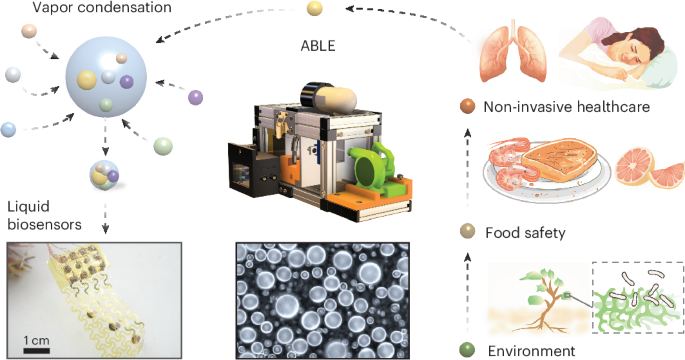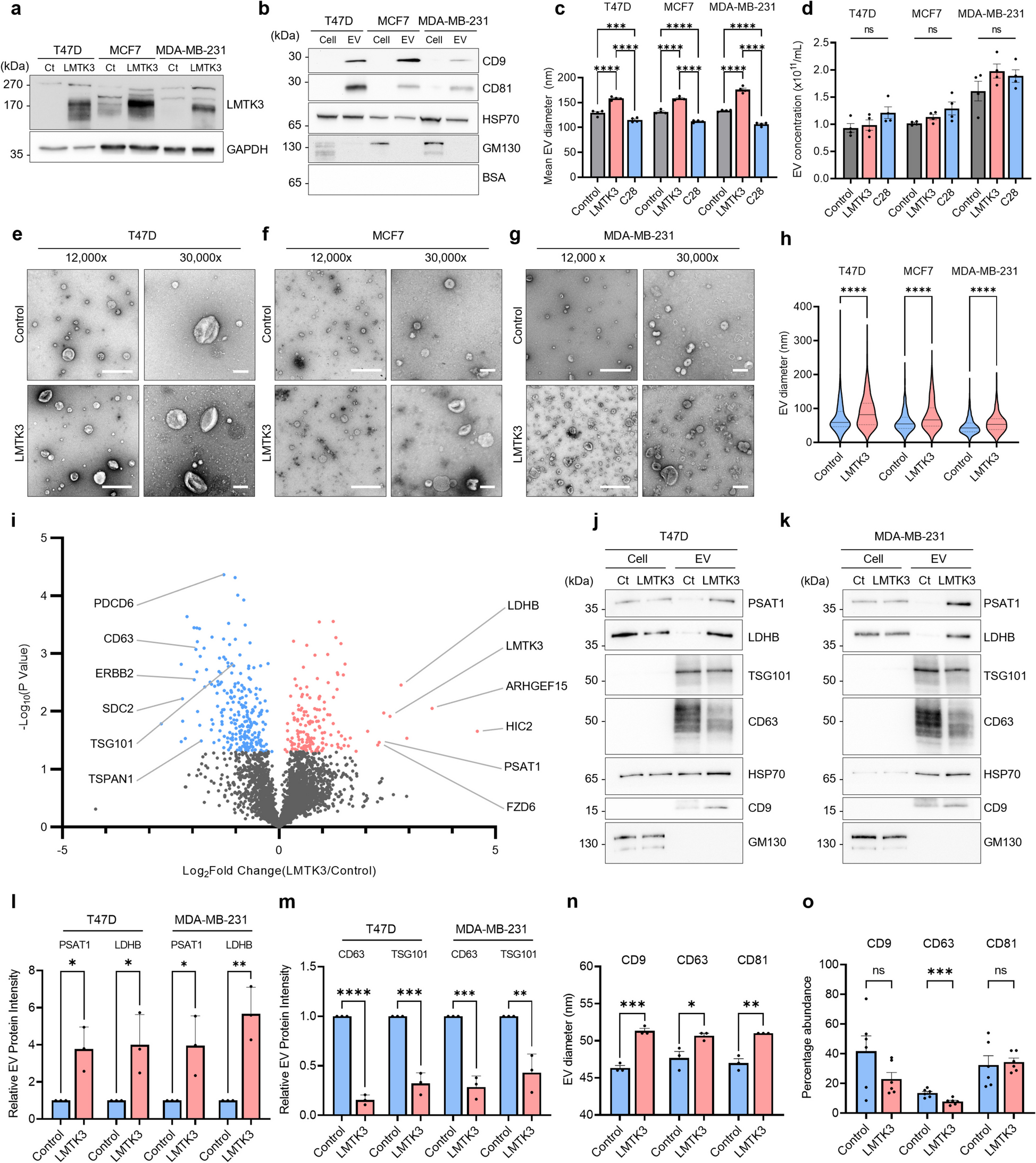2025-05-23 シカゴ大学
<関連情報>
- https://news.uchicago.edu/story/uchicago-scientists-invent-breakthrough-device-detect-airborne-signs-disease
- https://www.nature.com/articles/s44286-025-00223-9
屋外でのポイントオブケア検出のための空中バイオマーカー定位エンジン Airborne biomarker localization engine for open-air point-of-care detection
Jingcheng Ma,Megan Laune,Pengju Li,Jing Lu,Jiping Yue,Yueyue Yu,Yamin Mansur,Amio P. D. Ritwik,Sai P. Peri,Jessica Cleary,Kaitlyn Oliphant,Zachary Kessler,Erika C. Claud &Bozhi Tian
Nature Chemical Engineering Published:21 May 2025
DOI:https://doi.org/10.1038/s44286-025-00223-9

Abstract
Unlike biomarkers in biofluids, airborne biomarkers are dilute and difficult to trace. Detecting diverse airborne biomarkers with sufficient sensitivity typically relies on bulky and expensive equipment like mass spectrometers that remain inaccessible to the general population. Here we introduce airborne biomarker localization engine (ABLE), a simple, affordable and portable platform that can detect both non-volatile and volatile molecules and particulate biomarkers from open air in about 15 min. ABLE substantially improves the gas detection limits by converting dilute gases into droplets by water condensation, producing concentrated aqueous samples that can be easily tested by existing liquid-sensing platforms. Fundamental studies of multiphase condensation revealed unexpected stability in condensate-trapped biomarkers, making ABLE a reliable, accessible and high-performance system for open-air-based biosensing applications such as non-contact infant healthcare, pathogen detection in public spaces and food safety monitoring.


